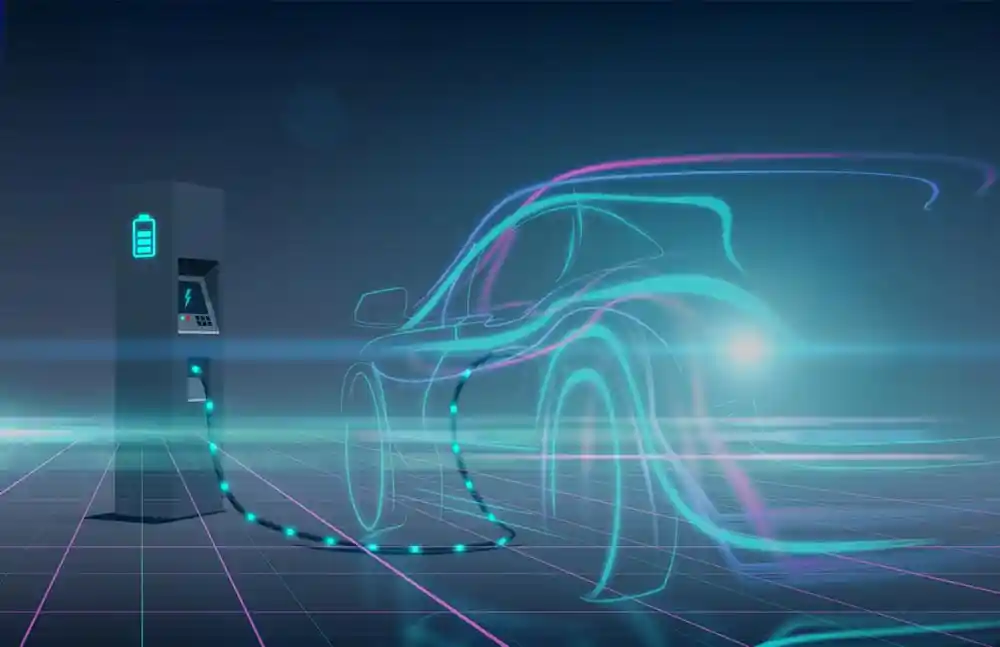
Cyber Switching for Electric Vehicle Charging Station Infrastructure
- Technology
- July 18, 2022
- No Comment
- 1144
To protect EV owners from cyber threats, charging station infrastructure should have cybersecurity controls in place. This includes encryption, decryption, and verification of communication parties. To achieve these security features, an EV charging infrastructure should have a robust public key infrastructure, a structure that consists of a certificate authority and trusted third parties. The electric vehicle industry is exploring ways to improve cybersecurity through chargers. Hopefully, this legislation will be introduced soon.
Electric Charging Station Infrastructure
The EV-charging station is critical, and if not addressed, EV charging infrastructure could be vulnerable to cyberattacks. The complexity of the connected devices and the speed of technological change make cybersecurity an absolute necessity. Cyber Switching for EV-charging station infrastructure is critical for protecting EVs and electricity grids, and Dvorkin’s research will help the industry make smarter decisions about cybersecurity for charging stations.
The electric charging station infrastructure is a key component in a high-performance electrical charging system. EVMC-HC can reduce the overall utility demand by providing high-current charging, a vital feature for heavy-duty EVs. EVMC-HC is a new technology offered by Cyber Switching, which launched its first phase of rollout in June. The EVMC is highly compatible with up to four EVSEs on one circuit.
The vulnerability report also identified new protocols. The Open Charge Point Interface, maintained by the EVRoaming Foundation, is designed to allow drivers to seamlessly use different charging networks. This feature allows drivers to use network networks outside of their usual network, but it’s still not widely used. The lack of universal adoption of the Open Charge Point Interface means that any new vulnerability in one platform could create vulnerabilities in other platforms.
Installing Electric Charging Station Infrastructure
The process of installing an electric charging station infrastructure requires a thorough understanding of local and state codes. It is imperative to seek the help of a qualified electrical contractor. This guidebook is available to assist you in navigating the permitting process. However, the electrical contractor should be aware of the codes and local permits that apply to the area where the charging station is to be installed. The installation should also comply with SAE International standards.
A new report from the US Department of Energy reveals the importance of EV charging infrastructure and the need for charging stations. These will be placed along major highway corridors and in relevant community hubs. Cyber Switching also hopes to improve air quality, increase jobs, and promote greater EV adoption. And what could be better than that?
If your electric vehicle charging station infrastructure is required, you may need to go through a formal procurement process. The risk of hacking into a large number of charging stations depends on their security level and the location where they are located. While the number of charging stations hasn’t yet reached a level where they are a major threat to grid stability, future installations will require greater security.
Wrapping Up
Considerations above, as well as the operation and maintenance requirements, can influence the procurement process. Also, consider the goals of the site host and consider the type and number of anticipated EVs. You may even need to issue a formal solicitation. The cost of charging infrastructure varies by type and location. If you’re planning to install multiple electric vehicle charging stations, you can use the EV Charging Calculator to determine how much electricity, demand charges and annual charging network fees will cost.
